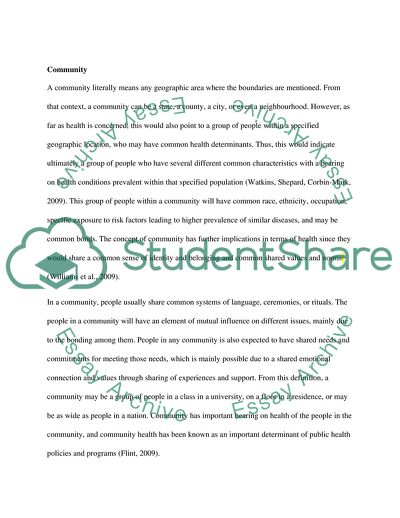Cite this document
(Quantitative Data from the Australian Bureau of Statistics Research Paper, n.d.)
Quantitative Data from the Australian Bureau of Statistics Research Paper. https://studentshare.org/medical-science/1741190-communities-and-common-health-determinants
Quantitative Data from the Australian Bureau of Statistics Research Paper. https://studentshare.org/medical-science/1741190-communities-and-common-health-determinants
(Quantitative Data from the Australian Bureau of Statistics Research Paper)
Quantitative Data from the Australian Bureau of Statistics Research Paper. https://studentshare.org/medical-science/1741190-communities-and-common-health-determinants.
Quantitative Data from the Australian Bureau of Statistics Research Paper. https://studentshare.org/medical-science/1741190-communities-and-common-health-determinants.
“Quantitative Data from the Australian Bureau of Statistics Research Paper”. https://studentshare.org/medical-science/1741190-communities-and-common-health-determinants.


